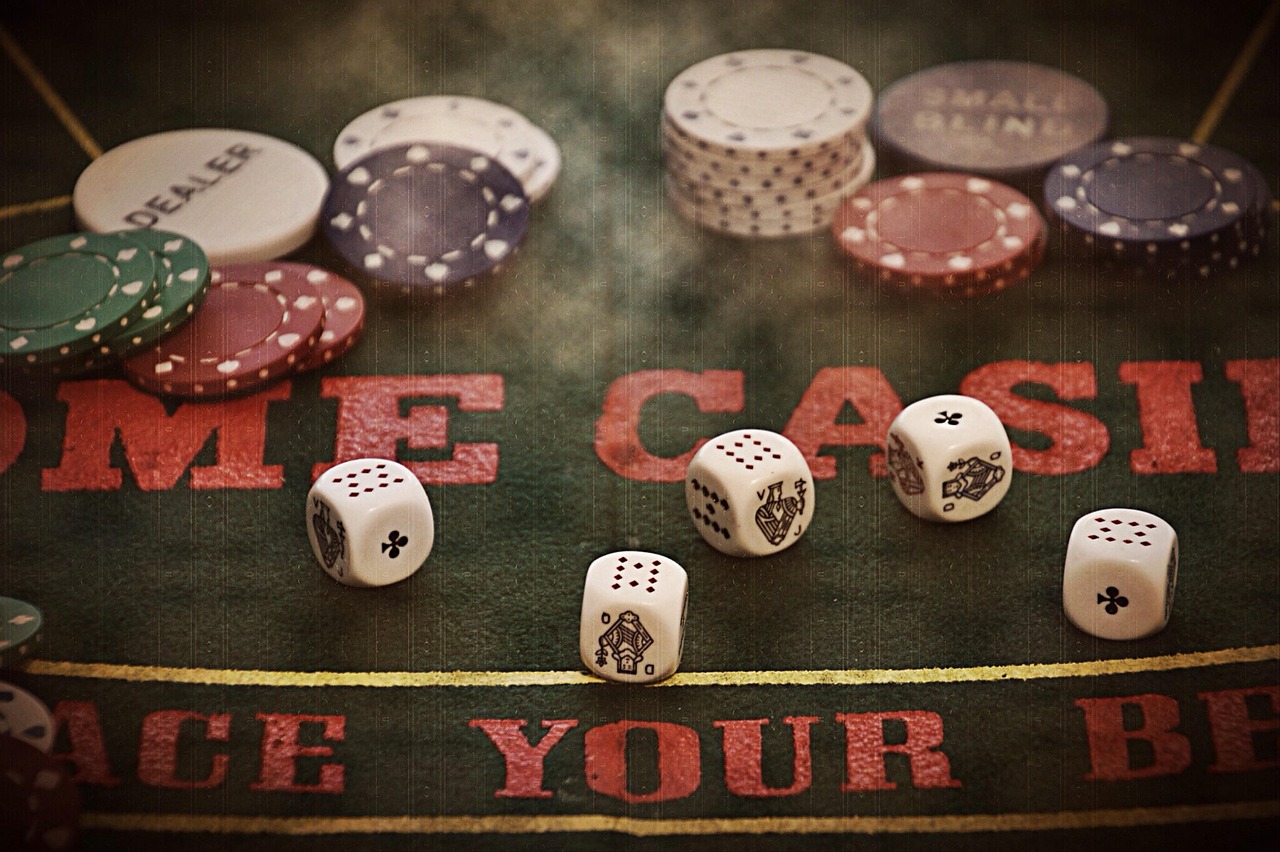Do you have a place to store my skis?
Yes, the hotel has complimentary ski storage.
Cards, Crime, and Culture: Gambling in Bollywood
Indian cinema has a long tradition of glamorizing gambling and casino culture. But there is also a growing trend toward more nuanced films that explore traditionally grey areas of morality and idealism.
Striker (2010) features Siddharth Narayan in a raw portrayal of carrom player Surya navigating the ruthless world of underground gambling. The movie spotlights carrom as more than just a casual game, showing how precision and nerves determine success or failure.
Themes
Films often use gambling as a narrative tool to explore cultural values and social interactions. In the context of gambling and Indian cinema, stories range from mythological kings wagering their kingdoms to modern cricket betting rings, depicting the psychological tension gamblers experience.

From 1971 to today, Indian cinema has explored a variety of gambling themes. One of the earliest was A Throw of Dice, which depicts a character’s battle with fate.
As the industry evolved, gambling themes became more nuanced. Movies such as Sacred Games and Made in Heaven use gambling to highlight power struggles, allegiances, and love triangles. Even television series like The Casino showcase life in a casino, starring Karanyeer Bohra, Mandana Karimi, Sudhanshu Pandey, and others. This reflects the growing interest in casinos and gambling in India. The glamor of gambling also draws audiences into online casinos.
Characters
A hero’s journey of success through gambling in movies is a recurring theme that keeps audiences engaged. But, the films also portray the dangers of gambling by highlighting the betrayals and risks involved.
Emraan Hashmi broke conventional hero molds with Jannat (2008), starring as a street-smart bookie who orchestrates a heist with double-crosses and escalating risks. Siddharth Narayan’s raw portrayal of a carrom player navigating the perilous world of Mumbai’s underground gambling rings in Striker (2010) highlighted that skill and determination are needed to survive in this ruthless arena.
Amitabh Bachchan portrayed a pro gambler in 1979’s The Great Gambler, highlighting the thrill and risk of gambling as he navigated a criminal mess. The film was a precursor to Mumbai noir, and the resurgence of Parallel Cinema.
Setting
Indian cinema has a rich tradition of filming gambling, beginning with the silent classic A Throw of Dice in 1929. This story of two kings wagering their kingdoms over the love of a woman highlighted how gambling is deeply embedded in Indian culture and mythology.
From the shady underworld of cricket betting rings to the flashy casinos of Las Vegas, Indian movies have captured the thrill and dangers of gambling. While some films portray gambling as a game of strategy, others show it as an addiction that ruins lives.
In the 1950s, a movement known as Parallel Cinema emerged in West Bengal and attracted international attention with films like Neecha Nagar by Chetan Anand and Satyajit Ray’s Aparajito. These art films often feature naturalistic approaches and eschew melodrama.
Thrills
Bollywood has tapped into the thrills of gambling to draw in viewers. Its glamorous portrayal of casinos and betting has led to some people trying their luck in illegal gambling spaces. However, these films also warn against addiction and criminal entanglements.
Real-life Indian casinos are a growing industry that is expanding to include international destinations. Filmmakers have shifted from highlighting concept casinos to focusing on international hubs like Macau and Las Vegas. This gives the movies added authenticity and scale.
As a result, the thrills of gambling are now an integral part of Bollywood cinema. This has made the audience eager to see more movies with this theme. SRK fans even have a dedicated category for movies that feature this element on Testbook. This way, they can easily check out the movies and learn more about them.
Consequences
Although films glamorize gambling in many ways, they fail to present the ruin caused by the habit. It is a moral duty of film makers to show the truth, especially when the film is targeted at children.